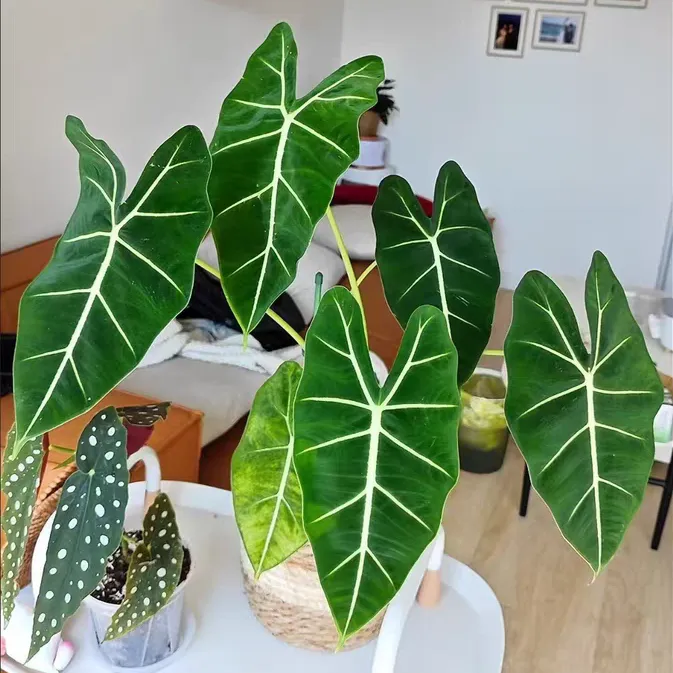What's the matter with small flying insects on green plants?

Share with
The mysterious small black flies that appear on household green plants are scientifically named "mushroom gnats." Although they do not bite humans, the adults reproduce rapidly and the larvae feed on plant roots, seriously threatening plant health. To get rid of them completely, it is necessary to start from the root cause and combine prevention with control.
### Reasons for the Occurrence of Black Flies
1. **Oversized flower pots**: After watering, the central area retains moisture that is difficult to evaporate, causing root hypoxia and rot, which provides a growth environment for larvae.
2. **Improper watering**: Frequent watering without following the "dry-wet cycle" principle keeps the soil highly humid for a long time, facilitating egg hatching.
3. **Poor soil quality**: Using pure garden soil or unfermented nutrient soil leads to soil compaction after watering, blocking root respiration and creating conditions for pests.
4. **Organic waste**: Burying unripe fruit peels, tea leaves, or using unsterilized pine needles/coconut coir as surface coverings easily attracts adults to lay eggs.
### Methods for Controlling Black Flies
1. **Sticky traps**: Hang double-layer sticky traps around the pot: the upper yellow layer attracts adults, and the lower layer coated with mint essential oil repels them. Invert a yellow sticky trap under the pot to catch escaping individuals.
2. **Physical barrier**: Spread a 5mm-thick layer of quartz sand or diatomaceous earth on the soil surface to form a barrier. Larvae die from friction when emerging, while also inhibiting soil water evaporation.
3. **Systemic pesticides**: Mix imidacloprid or thiamethoxam granules with the topsoil at a 1:100 ratio. Watering after application allows the药剂 (pesticide) to penetrate and form a protective layer with a residual effect of 2–3 months.
4. **Avermectin drench**: Dilute avermectin to 1000 times strength and water the roots every 7 days for 2–3 consecutive times to kill deep-layer larvae.
5. **Biological control**: Purchase Steinernema nematode suspension, dilute it, and water the soil. The parasitic nematodes actively search for and kill larvae, making it environmentally friendly.
6. **Predatory mites**: Release 3–5 predatory mites per pot to control egg hatching and larval growth.
### Prevention Methods
1. **Soil moisture meter**: Water only when soil moisture is below 40% to avoid subjective misjudgment.
2. **Bottom watering for large plants**: Place the pot in a water tray for 15 minutes to allow water to penetrate from the bottom up, reducing surface waterlogging.
3. **Optimal soil mix**: Use 40% peat moss + 20% perlite + 20% coarse coconut coir + 10% rice hull charcoal + 10% decomposed sheep manure for balanced water retention and aeration.
4. **Grit-based soil**: Ensure more than 60% granular soil (e.g., volcanic stone, maifan stone, green zeolite) mixed with 5% diatomaceous earth for pest prevention.
5. **Quarantine new plants**: Isolate newly purchased plants for 7 days and treat them with imidacloprid spray preventively before moving them indoors.
6. **Monthly sterilization**: Spray leaves and soil surface with 800x diluted carbendazim solution to prevent pest and disease infestations.
Tagged in :




Leave a Reply